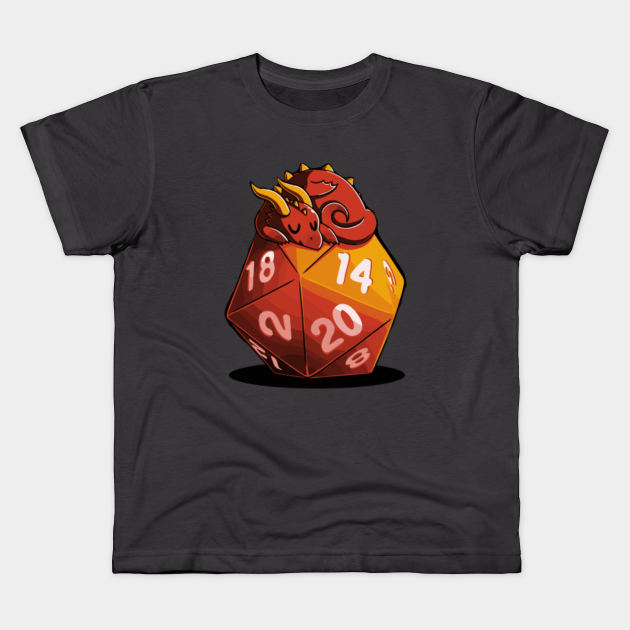

Dragons are usually said to reside in "dank caves, deep pools, wild mountain reaches, sea bottoms, haunted forests", all places which would have been fraught with danger for early human ancestors. Jones therefore concludes that dragons appear in nearly all cultures because humans have an innate fear of snakes and other animals that were major predators of humans' primate ancestors. The earliest attested dragons all resemble snakes or have snakelike attributes. He cites a study which found that approximately 39 people in a hundred are afraid of snakes and notes that fear of snakes is especially prominent in children, even in areas where snakes are rare. Jones (anthropologist) suggests a hypothesis that humans, like monkeys, have inherited instinctive reactions to snakes, large cats, and birds of prey. In his book An Instinct for Dragons (2000), David E. Nonetheless, scholars dispute where the idea of a dragon originates from and a wide variety of hypotheses have been proposed. Famous prototypical draconic creatures include the mušḫuššu of ancient Mesopotamia Apep in Egyptian mythology Vṛtra in the Rigveda the Leviathan in the Hebrew Bible Grand'Goule in the Poitou region in France Python, Ladon, Wyvern, and Kulshedra in Albanian Mythology and the Lernaean Hydra in Greek mythology Jörmungandr, Níðhöggr, and Fafnir in Norse mythology and the dragon from Beowulf. Stories about storm-gods slaying giant serpents occur throughout nearly all Near Eastern and Indo-European mythologies. Draconic creatures are first described in the mythologies of the ancient Near East and appear in ancient Mesopotamian art and literature. Several bones purported to belong to the Wawel Dragon hang outside of Wawel Cathedral, but actually belong to a Pleistocene mammal.ĭraconic creatures appear in virtually all cultures around the globe and the earliest attested reports of draconic creatures resemble giant snakes. The Greek word probably derives from an Indo-European base * derḱ- meaning "to see" the Sanskrit root दृश् ( dr̥ś-) also means "to see". This is thought to have referred to something with a "deadly glance," or unusually bright or "sharp" eyes, or because a snake's eyes appear to be always open each eye actually sees through a big transparent scale in its eyelids, which are permanently shut. The Greek word δράκων is most likely derived from the Greek verb δέρκομαι ( dérkomai) meaning "I see", the aorist form of which is ἔδρακον ( édrakon).

The Greek and Latin term referred to any great serpent, not necessarily mythological. The word dragon entered the English language in the early 13th century from Old French dragon, which, in turn, comes from the Latin: draconem (nominative draco) meaning "huge serpent, dragon", from Ancient Greek δράκων, drákōn (genitive δράκοντος, drákontos) "serpent". The product was subsequently made available for various virtual tabletop platforms.An early appearance of the Old English word dracan in Beowulf
#DND DONT WAKE THE DRAGON PDF FOR FREE#
Originally, the Beyond the Dragon of Icespire Peak trilogy ( Storm Lord's Wrath, Sleeping Dragon's Wake, and Divine Contention) was available exclusively through D&D Beyond, either as standalone purchases or for free with purchase of a physical copy of the Dungeons & Dragons Essentials Kit.


 0 kommentar(er)
0 kommentar(er)
